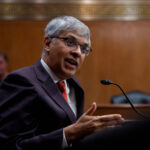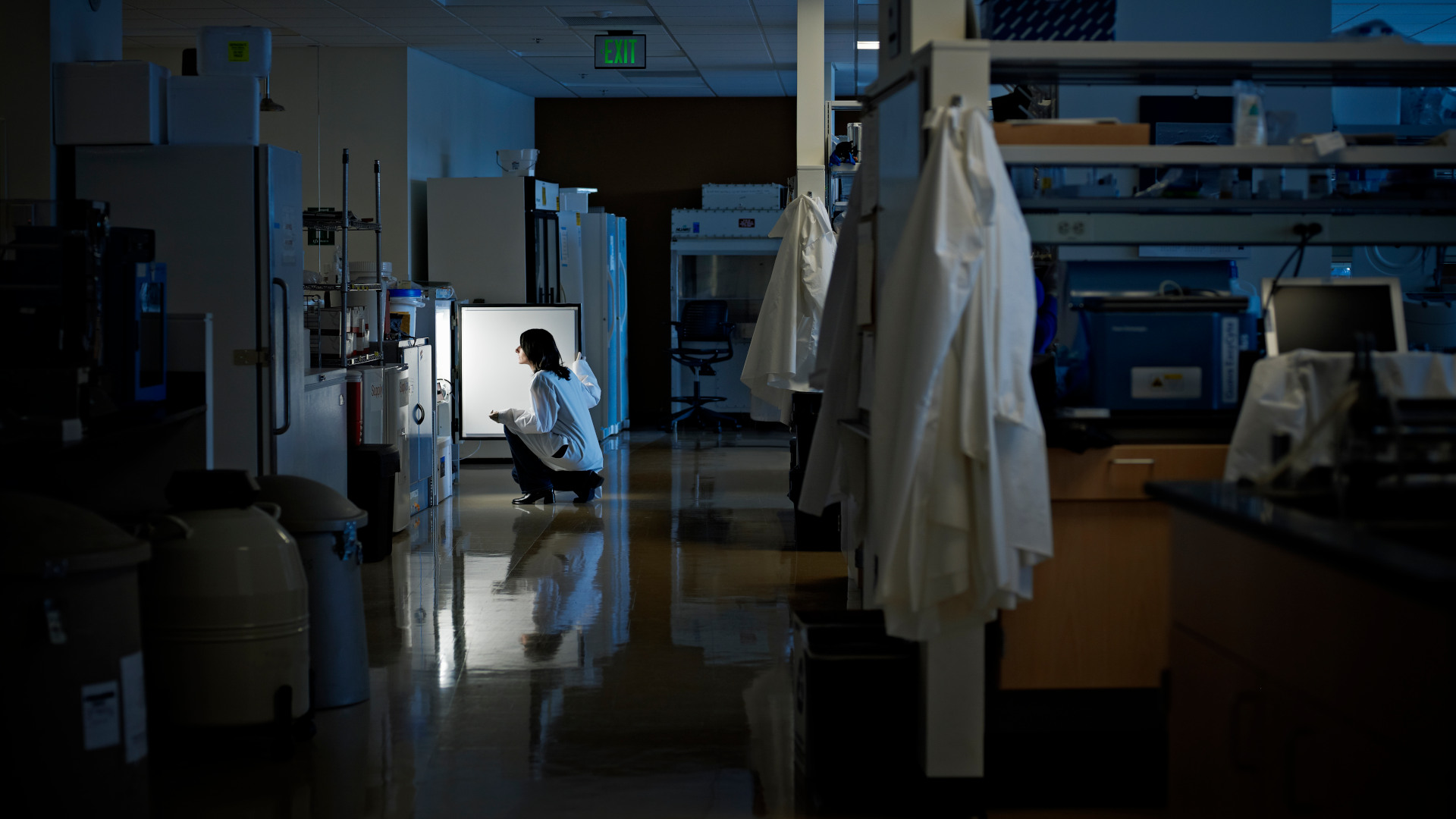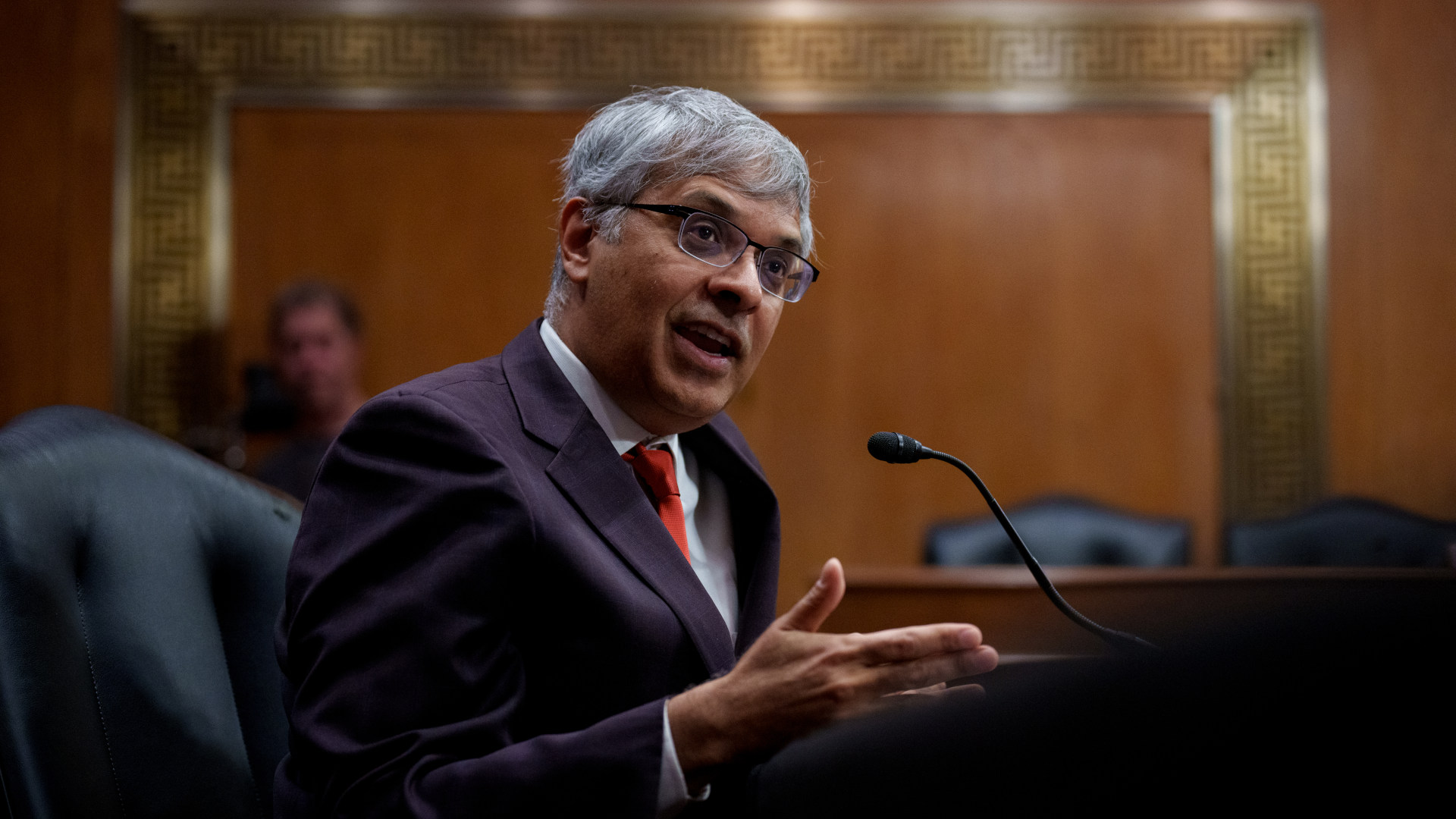The Uncertain and Shifting Future of Ph.D.s in Science
Since the National Science Foundation first started collecting postgraduation data nearly 70 years ago, the number of Ph.D.s awarded in the United States has consistently risen. Last year, more than 45,000 students earned doctorates in science and engineering, about an eight-fold increase compared to 1958.
But this level of production of science and engineering Ph.D. students is now in question. Facing significant cuts to federal science funding, some universities have reduced or paused their Ph.D. admissions for the upcoming academic year. In response, experts are beginning to wonder about the short and long-term effects those shifts will have on the number of doctorates awarded, and the consequent impact on science if Ph.D. production does drop.
Such questions touch on longstanding debates about academic labor. Ph.D. training is a crucial part of nurturing scientific expertise. At the same time, some analysts have worried about an oversupply of Ph.D.s in some fields, while students have suggested that universities are exploiting them as low-cost labor.
Many budding scientists go into graduate school with the goal of staying in academia and ultimately establishing their own labs. For at least 30 years, there has been talk of a mismatch between the number of doctorates and the limited academic job openings. According to an analysis conducted in 2013, only 3,000 faculty positions in science and engineering are added each year — even though more than 35,000 Ph.D.s are produced in these fields annually.
Decades of this asymmetrical dynamic has created a hypercompetitive and high-pressure environment in the academic world, said Siddhartha Roy, an environmental engineer at Rutgers University who co-authored a recent study on tenure-track positions in engineering. “If we look strictly at academic positions, we have a huge oversupply, and it’s not sustainable,” he said.
But while the academic job market remains challenging, experts point out that Ph.D. training also prepares individuals for career paths in industry, government, and other science and technology fields. If fewer doctorates are awarded and funding continues to be cut, some argue, American science will weaken.
“The immediate impact is there’s going to be less science,” said Donna Ginther, a social researcher who studies scientific labor markets at the University of Kansas. In the long run, that could mean scientific innovations, such as new drugs or technological advances, will stall, she said: “We’re leaving that scientific discovery on the table.”
Historically, one of the main goals of training Ph.D. students has been to retain those scientists as future researchers in their respective fields. “Academia has a tendency to want to produce itself, reproduce itself,” said Ginther. “Our training is geared towards creating lots of mini-mes.”
But it is no secret in the academic world that tenure-track faculty positions are scarce and the road to obtaining tenure is difficult. Although it varies across different STEM fields, the number of doctorates granted each year consistently surpass the number of tenure-track positions available. A survey gathering data from the 2022-2023 academic year, conducted by the Computing Research Association, found that around 11 percent of Ph.D. graduates in computational science (for which employment data was reported) moved on to tenure-track faculty positions.
“If we look strictly at academic positions, we have a huge oversupply, and it’s not sustainable.”
Roy found a similar figure for engineering: Around one out of every eight individuals who obtain their doctorate — 12.5 percent — will eventually land a tenure-track faculty position, a trend that remained stable between 2014 and 2021, the last year for which his team analyzed data. The bottleneck in faculty positions, according to one recent study, leads about 40 percent of postdoctoral researchers to leave academia.
However, in the recent years, researchers who advise graduate students have begun to acknowledge careers beyond academia, including positions in industry, nonprofits, government, consulting, science communication, and policy. “We need, as academics, need to take a broader perspective on what and how we prepare our students,” said Ginther.
As opposed to faculty positions, some of these labor markets can be more robust and provide plenty of opportunities for those with a doctorate, said Daniel Larremore, a computer scientist at the University of Colorado Boulder who studies academic labor markets, among other topics. Whether there is a mismatch between the number of Ph.D.s and employment opportunities will depend on the subject of study and which fields are growing or shrinking, he added. For example, he pointed out that there is currently a boom in machine learning and artificial intelligence, so there is a lot of demand from industry for computer science graduates. In fact, commitments to industry jobs after graduation seem to be at a 30-year high.
But not all newly minted Ph.D.s immediately find work. According to the latest NSF data, students in biological and biomedical sciences experienced a decline in job offers in the past 20 years, with 68 percent having definite commitments after graduating in 2023, compared to 72 percent in 2003. “The dynamics in the labor market for Ph.D.s depends very much on what subject the Ph.D. is in,” said Larremore.
Still, employment rates reflect that postgraduates benefit from greater opportunities compared to the general population. In 2024, the unemployment rate for college graduates with a doctoral degree in the U.S. was 1.2 percent, less than half the national average at the time, according to the Bureau of Labor Statistics. In NSF’s recent survey, 74 percent of science and engineering graduating doctorates had definite commitments for employment or postdoctoral study or training positions, three points higher than it was in 2003.
“Overproducing for the number of academic jobs available? Absolutely,” said Larremore. “But overproducing for the economy in general? I don’t think so.”
The experts who spoke with Undark described science Ph.D.s as a benefit for society: Ultimately, scientists with Ph.D.s contribute to the economy of a nation, be it through academia or alternative careers. Many are now concerned about the impact that cuts to scientific research may have on that contribution. Already, there are reports of universities scaling back graduate student admissions in light of funding uncertainties, worried that they might not be able to cover students’ education and training costs. Those changes could result in smaller graduating classes in future years.
“Science is a long game, and the discoveries now take a decade or two to really hit the market, so it’s going to impinge on future economic growth.”
Smaller classes of Ph.D. students might not be a bad thing for academia, given the limited faculty positions, said Roy. And for most non-academic jobs, Roy said, a master’s degree is more than sufficient. However, people with doctorates do contribute to other sectors like industry, government labs, and entrepreneurship, he added.
In Ginther’s view, fewer scientists with doctoral training could deal a devastating blow for the broader scientific enterprise. “Science is a long game, and the discoveries now take a decade or two to really hit the market, so it’s going to impinge on future economic growth.”
These long-term impacts of reductions in funding might be hard to reverse and could lead to the withering of the scientific endeavor in the United States, Larremore said: “If you have a thriving ecosystem and you suddenly halve the sunlight coming into it, it simply cannot thrive in the way that it was.”













Awesome